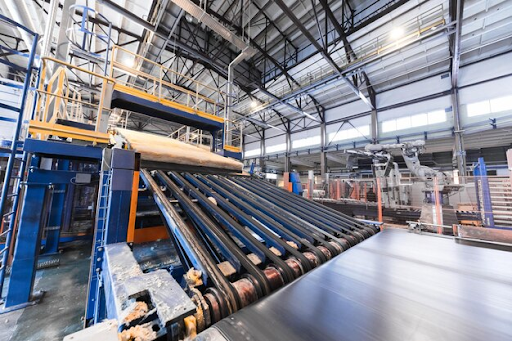Fiberglass is a type of fiber-reinforced plastic. This is the cause of fiberglass’s other names, such as glass fiber-reinforced plastic or glass-reinforced plastic. Glass fiber is usually woven into fabric, randomly distributed, or flattened into a sheet.
Glass fibers are prepared for use in different forms and then shaped into fiber-like pieces. Fiberglass glasses are also known as glass fiber. They are used in construction insulation, cladding, surface coating, and roofing, but Fiberglass Fiber Reinforced Polymer (FRP) composites are widely used in industries.
In this article, we will discuss different uses of fiberglass.
Energy Efficiency of Entry Door
The first thing that typically comes to mind when considering a fiberglass entry door is its energy efficiency. One of the primary causes of energy loss in your home is poorly insulated entry doors, which can raise utility costs and cause discomfort.
Poor energy efficiency can lead to drafts, dampness, and heat loss, all of which may damage the interior of your home over time. Fiberglass front doors adapt to various weather conditions, ensuring interior safety due to their energy-efficient, insulated cores and ability to withstand extreme temperatures.
If you are in Harrisburg, PA, looking for entry doors. Do not hesitate to contact entry door provider companies such as entry doors harrisburg pa; they provide outclass entry doors.
Wall Covering, Fountains, and Aquariums
Glass fiber wall covering is mainly used for finishing, renovating, and decorating walls. Ceilings also make use of it. In addition to that, it also works as a fire preventive. You can also paint it.
Fiberglass supports the rocks and promotes circulation and filtering from beneath. Fiberglass grating protects spray headers and lights from harm in areas with huge public fountains. This also minimizes the chance of drowning events at the fountains.
Fiberglass Windows for Efficiency and Strength
Fiberglass windows are becoming increasingly popular and are setting higher standards for strength and efficiency due to consumers’ greater demand for environmentally friendly products. Both residential and business buildings often use fiberglass windows.
The cores of the fiberglass window panels are either hollow or filled with foam. Typically, they come in various styles: casement, awning, double-hung, and horizontal sliding windows.
Fiberglass Sheets in the Aircraft and Aerospace Industry
Stable and lightweight materials are needed for the aerospace industry and aircraft. In this industry, glass fiberglass sheets are widely used due to their favorable mechanical characteristics, such as their high strength and laminate strength-to-weight ratio.
At high temperatures, their retention is highest. They focus on making wings, rotor blades for helicopters, flight deck armor, floors, and airplane seats. Fiberglass sheets have low radar thermal profiles and are non-conductive.
Marine Industry for Durability and Strength
The marine industry uses fiberglass because of its strength and durability. Its main use in the maritime industry is that it can be molded into various forms. Therefore, fiberglass is quite versatile.
All sizes of boats and other equipment are made with it. Additionally, dock construction uses it. Here, fiberglass protects against the saline seawater that corrodes, rusts, and damages docks.
Chemical Industry and Car Washes
The anti-slip safety characteristic of the embedded grit surface and the chemical resistance of various resin components is why this industry uses fiberglass grating. The resins and the chemicals are compatible for use.
Fiberglass grating has become popular to prevent corrosion and add color contrast to previously forbidden regions. It makes the car appear cleaner than it is by brightening the interior of the carwash tunnel.
